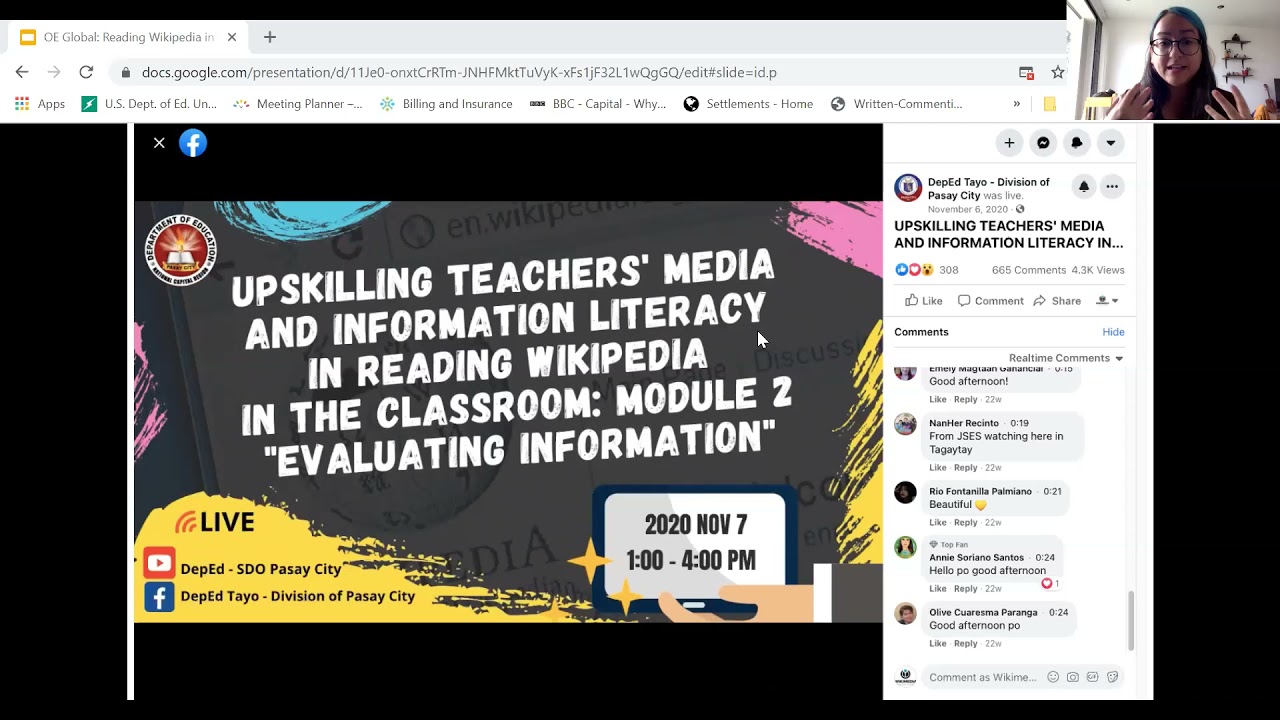Tiago Soares (Open Education Initiative), Tel Amiel (UNESCO Chair in Distance Education/University of Brasília), Yuliana Puerta (Fundación Universitaria Tecnológico Comfenalco), Jako Olivier (North-West University), Andrea Beatriz Bartoli (Universidad Nacional De la Patagonia Austral), Fatima Bdair (North-West University), Luca Pelerino (UDELAR), Robson da Cruz de Mesquita (University of Brasília), Sebastián Zapateiro Núñez (Fundación Universitaria Tecnológico Comfenalco)
Despite a strong rhetoric on equity and access, there is still substantial disequilibrium in the production and availability of OER. These include concerns related to geographical region and language. There has been a consistent concern in regards to a possible form of neocolonialism, with some regions (particularly English-speaking countries) producing while others simply consume open resources. While there is evidence of disparities (Cobo, 2013) and a general sense that Open Education and OER are still in “early stages” in places like Latin America (Yang & Kinshuk, 2017).
In this presentation we will discuss a project aimed to map and increase the visibility of OE/OER in the Global South. The OER World Map was used as a means for the Latin America and South Africa to come together, organizing an methodology that can be shared and reworked. The project revolved around identifying organizations, projects, services and policies in the following countries: Argentina, Brazil (update) Bolivia, Chile, Colombia, Costa Rica, Cuba, Ecuador, Mexico, Panama, Dominican Republic, Uruguay. Additionally, the project also included a branch in South Africa. The mapping was carried out on two fronts, with support from assistants and researchers in South America (Argentina, Brazil, Colombia, and Uruguay) and South Africa. Out of this coordination, a network has been built, engaging professors, students and activists from both continents.
The results of updating data were significant. In only two cases, Ecuador (with 5 projects listed) and Panama (1 project), there were no new projects mapped besides those already available in the Map. In the case of Colombia, for example, entries increased from 13 to 61. In Argentina, the number doubled to16; in Uruguay, the numbers went from 4 to 22; Chile, from 32 to 34; Dominican Republic, from 08 to 12; Peru, from 29 to 33; Mexico, from 37 to 43; and Costa Rica, from 04 to 05. In South Africa, 28 projects were initially reviewed, and 07 were added.
In this presentation we will showcase the results by the five different groups and discuss how others can engage in the OER Map network. The presentation will be conducted primarily in English but also Spanish.
Extended abstract: OE_Global_2021_paper_139.pdf 📄
Webinar Information
This presentation is part of Webinar 24 Building capacity, Developing supportive policy, Facilitating international cooperation taking place in your local time → .
Webinar Access (registered conference participants only):
![]()
![]() Go to Webinar 24
Go to Webinar 24
UNESCO OER Action Area: Building capacity, Developing supportive policy, Facilitating international cooperation
Language: EnglishSee the other presentations that take place in this webinar.
Presentation Recording
Participate
Before the webinar the authors will be asked to reply below with links to their presentation materials, related videos, and other relevant links, as well as prompts for discussion here.
For anyone that missed the live session, an archive will be posted here as soon as possible.
Conference participants are urged also to reply below with questions, comments for the presenters or to share related resources.
